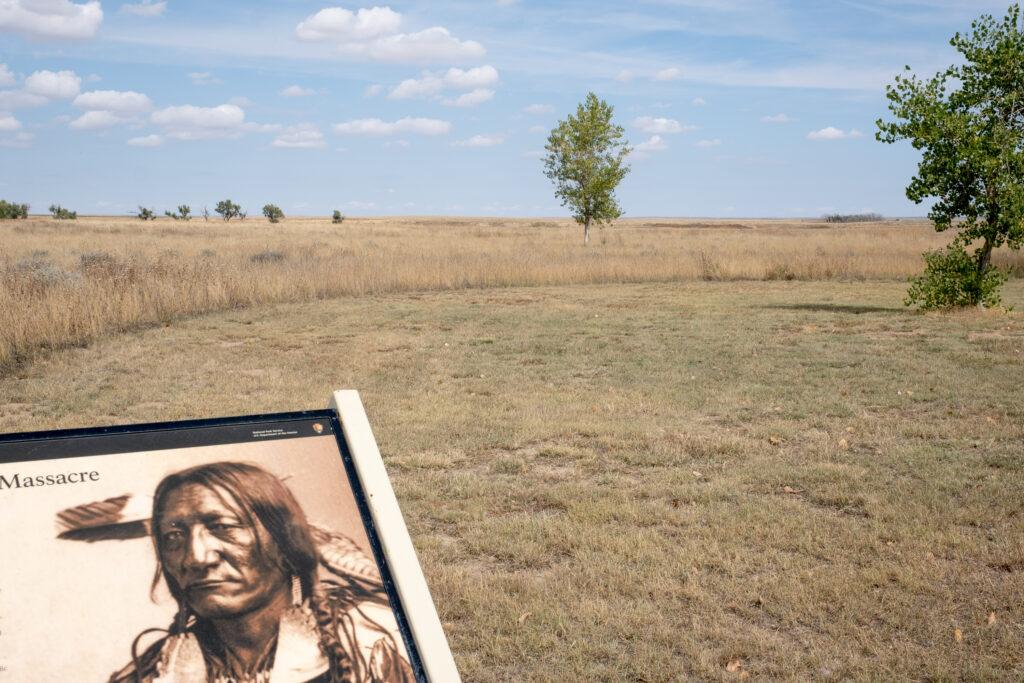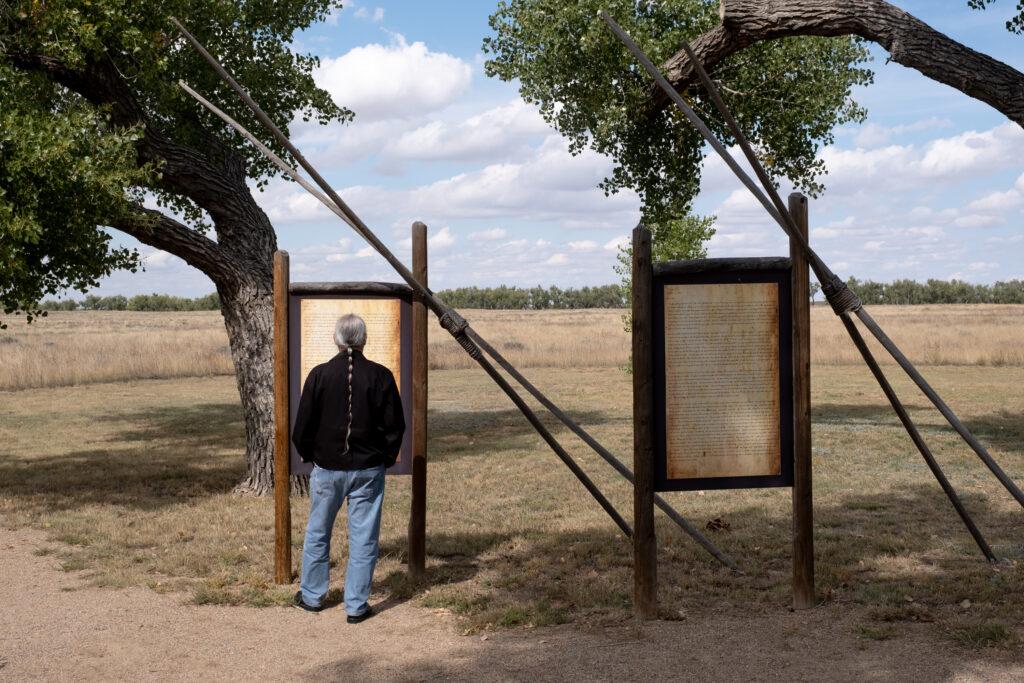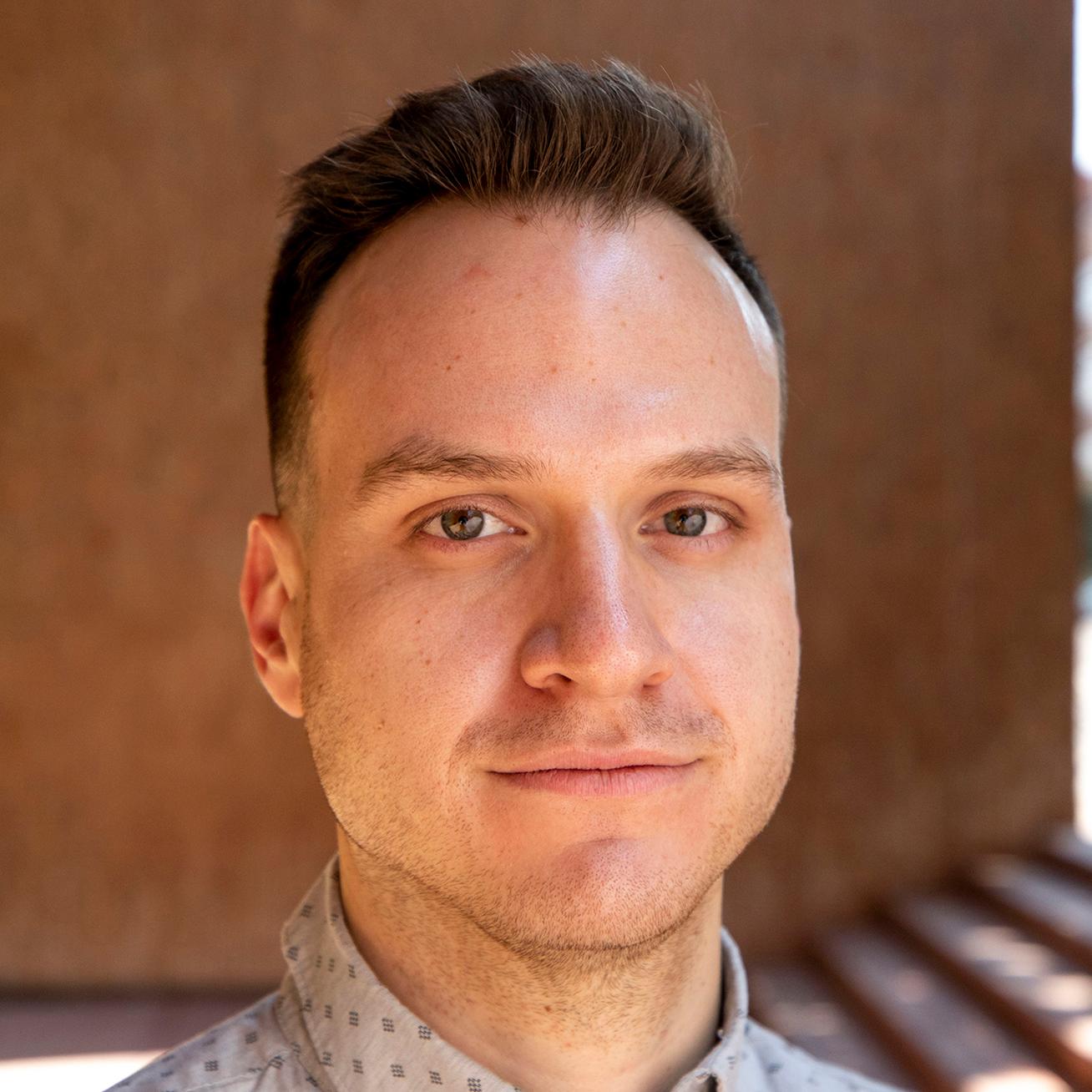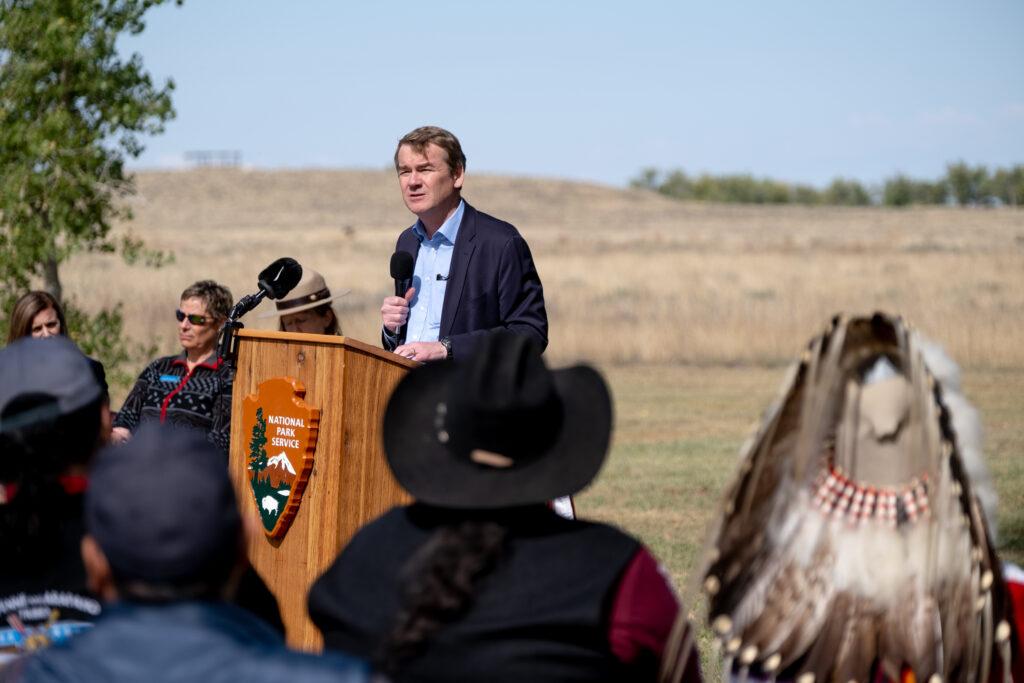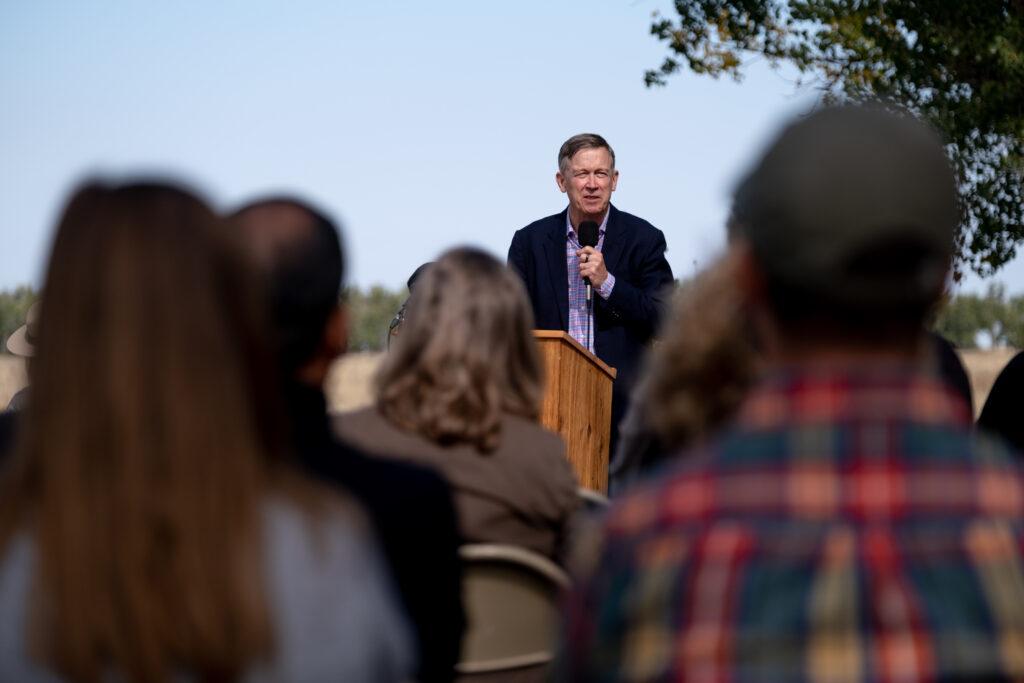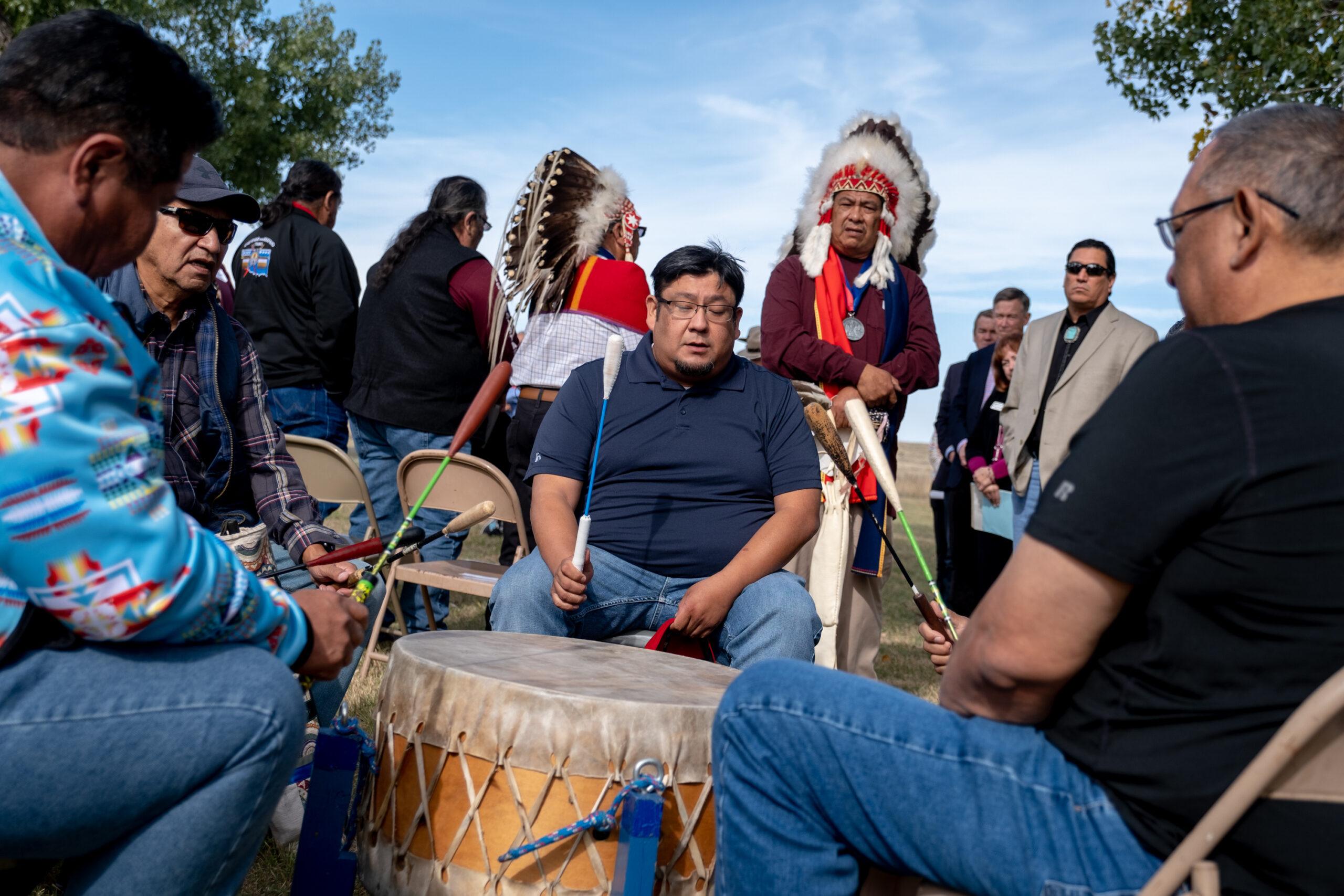
The National Park Service has purchased an additional 3,478 acres of land to expand the Sand Creek Massacre historic site in southeastern Colorado — more than doubling the size of the existing preserve.
United States Secretary of the Interior Deb Haaland and members of Colorado’s congressional delegation gathered at the site with Native tribal leaders for a dedication ceremony on Wednesday to announce the move. Direct descendents of victims of the U.S. military’s 1864 deadly attack on Cheyenne and Arapaho tribes were in attendance.
“This is great. A step forward,” said Patrick Spottedwolf, a chief with the Southern Arapaho tribe who spoke to the crowd. “It’s time to lift up our history and get it in the books and remember what happened to our people.”
The site preserves the shortgrass prairie land on Colorado’s Eastern Plains where more than 750 Native American people lived in an encampment during the mid-1800’s. U.S. soldiers attacked the community in an effort to remove the tribes from the area.
That attack escalated into a massacre of at least 230 people, including dozens of women and children.
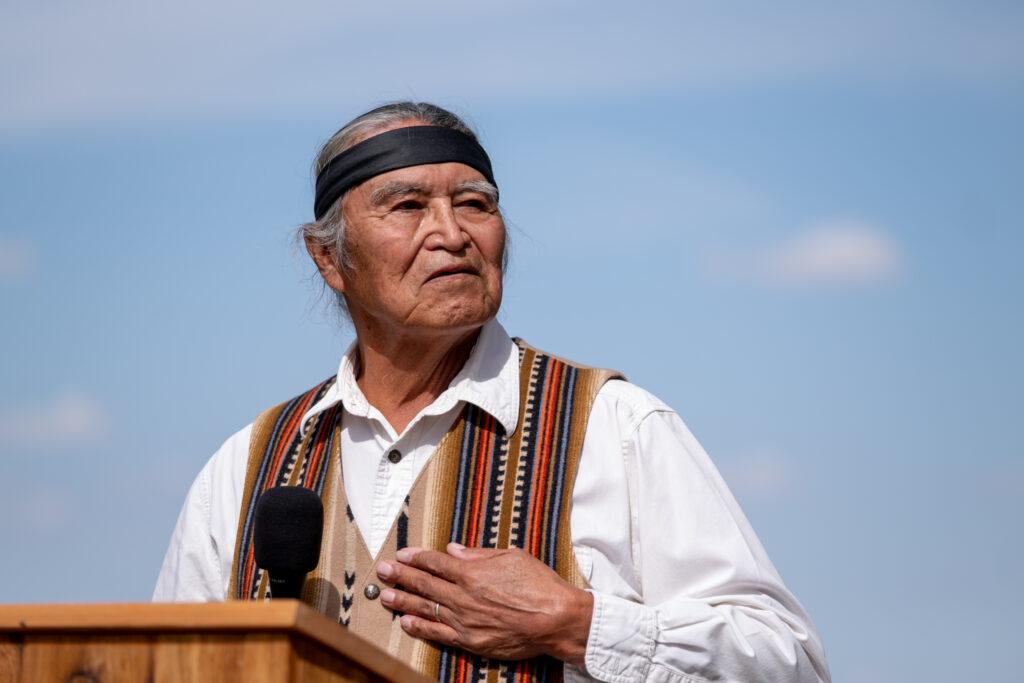
Tribes have considered the site of the bloodshed sacred ground for generations. But it wasn’t officially preserved as a memorial by the federal government until 2007.
Since then, Native advocates and government officials have worked to expand the site’s footprint through purchases from surrounding private landowners.
The most recent acquisition from two private owners cost the Interior Department roughly $3.3 million, which came from federal conservation funds, officials said. Tribal leaders will consult with NPS managers in the coming months to determine any future development plans.
For now, the new land inside the historic site will be open for the public to learn about the massacre.
Officials who spoke at Wednesday’s dedication ceremony urged U.S. citizens to visit the site near the town of Eads and remember the event as an atrocity that should never happen again.
“We can't rely on history books that were written by those who colonized these lands to remember these stories,” said Sec. Haaland in a speech to the crowd. “We must invest in opportunities like this that offer the chance for true and honest dialogue straight from survivors and their descendants.”
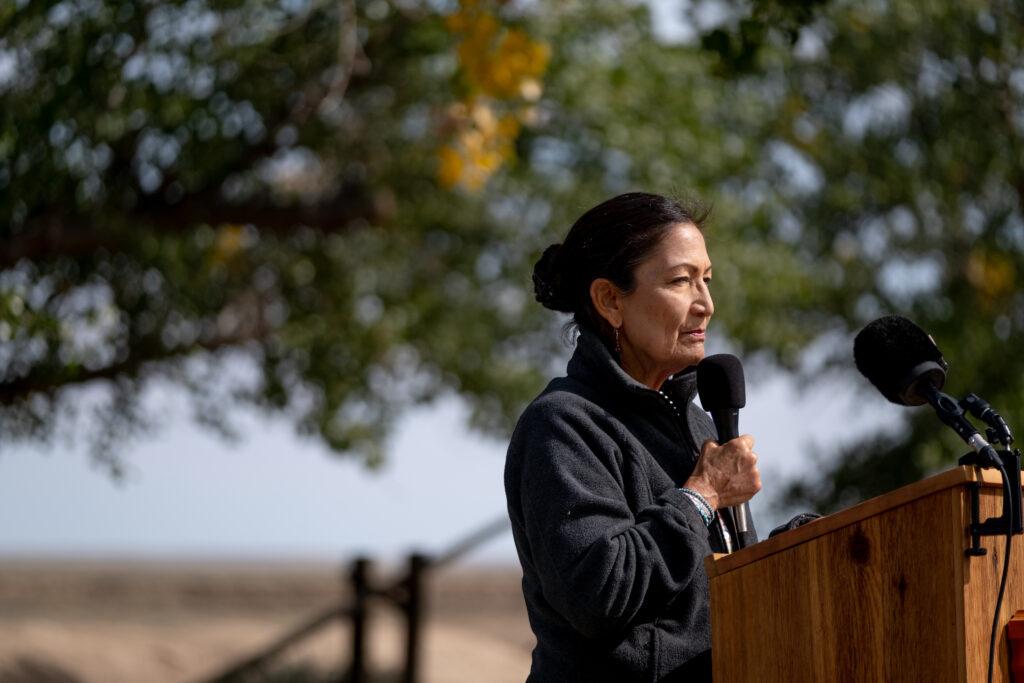
Haaland became the country’s first Native American person to serve as a presidential cabinet member when President Joe Biden appointed her to the position in 2021. She’s since made “healing deep wounds” with Native communities a core part of her agenda.
Preserving historic sites of Native American history has been a key part of that, she told the crowd. Haaland — along with Colorado state officials — have also worked to rename geographic sites across the Western U.S. that carry racist or offensive names.
“Today is a sign we are making progress. But this, however, is not the end of a journey,” Haaland said. “We have more work to do to heal wounds in tribal communities.”
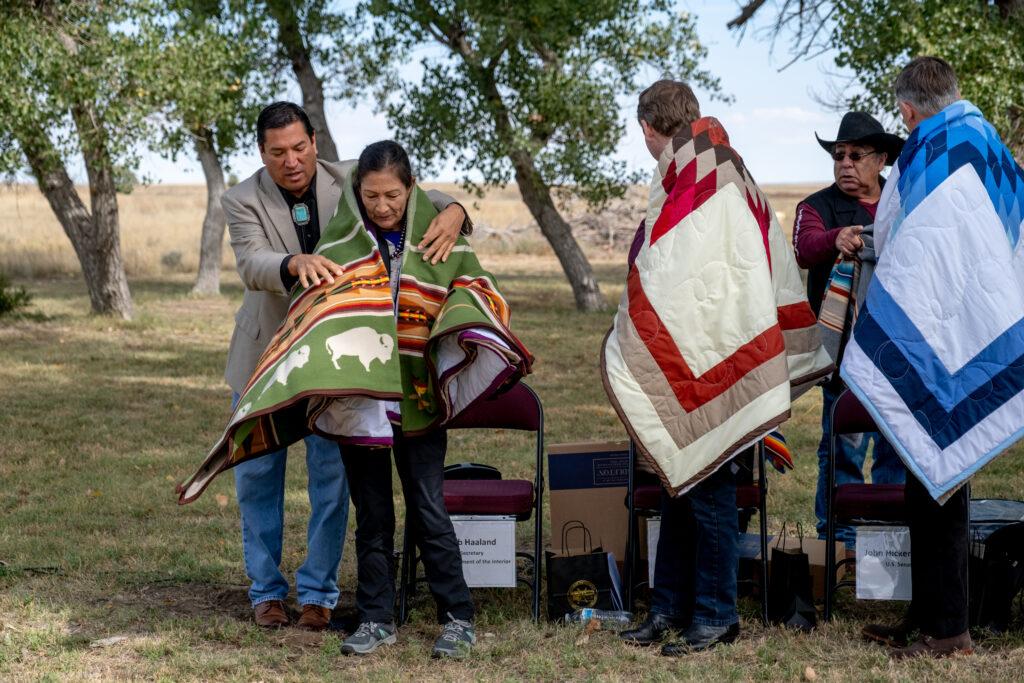
Colorado’s Democratic Senators Michael Bennet and John Hickenlooper attended Wednesday’s dedication ceremony in support, along with other state and local officials. Tribal community members came from as far as Oklahoma and Montana to take part.
Many described the mood as somber, but hopeful.
William Walks Along, a tribal administrator with the Northern Cheyenne tribe and direct descendent of Sand Creek victims, grew emotional as he discussed the addition of more lands, which he said contained spots sacred to his culture. He recounted stories his elders had passed down to him about the massacre.
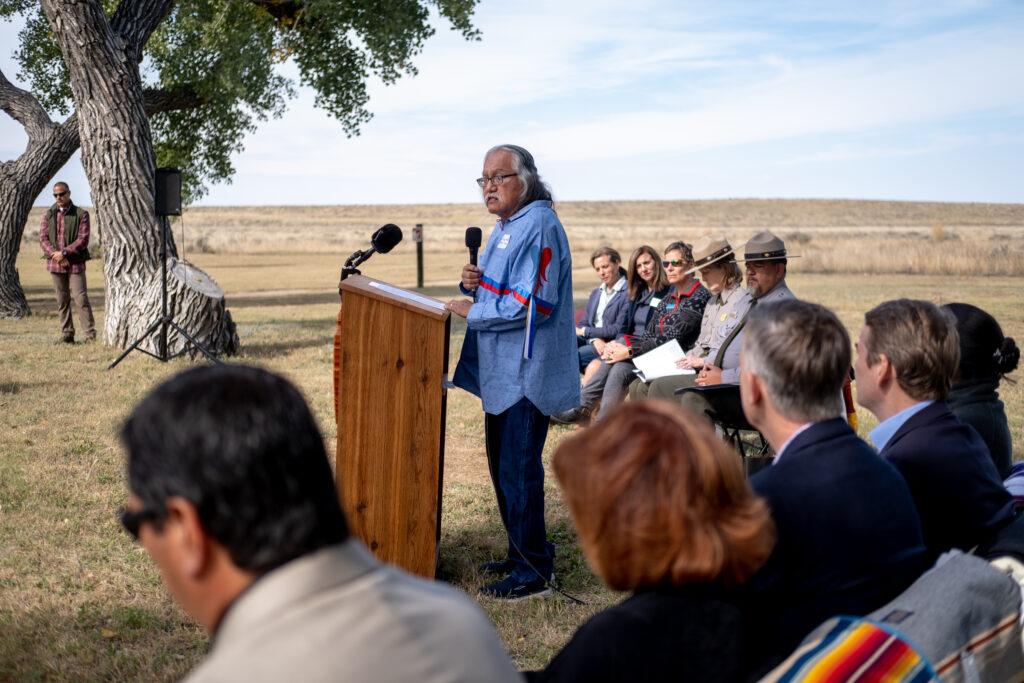
One that stuck out to him was the story of a group of Cheyenne women who took shelter in a teepee during the attack. The group sent a 4-year-old girl outside of the structure to plead for the group’s lives.
The U.S. soldiers did not grant that request, Walks Along said.
“Humans can be cruel and do horrific things to other humans,” he told the crowd. “But today I see the United States and others making honorable efforts to restore the dignity of our people. And I thank them.”
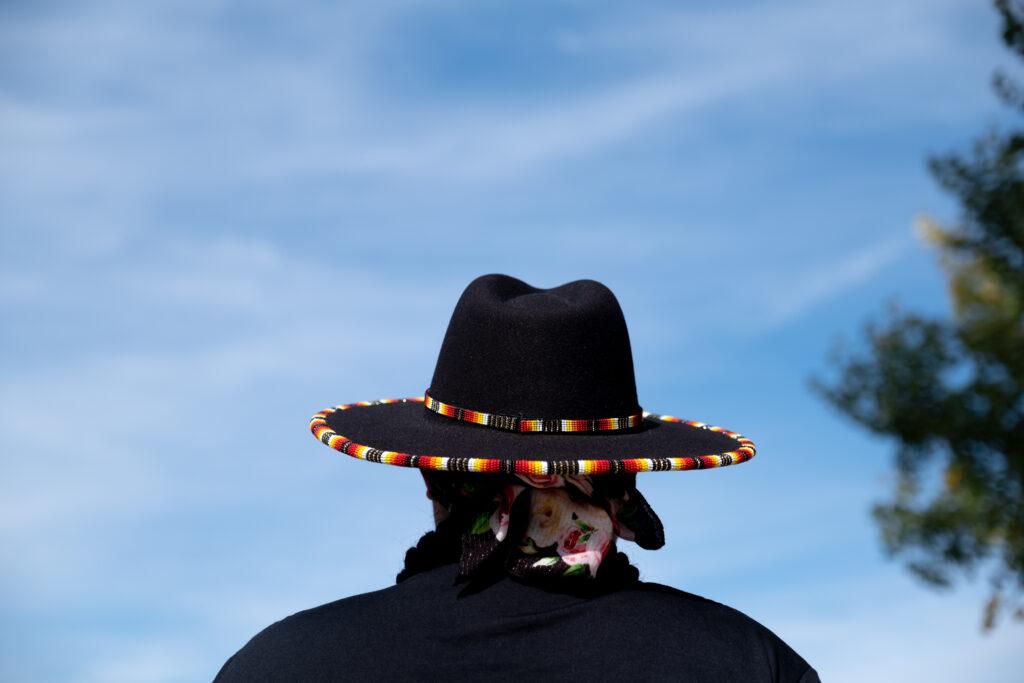
Community members expressed a range of views on how the expanded footprint of the historic site should be used.
Ideas ranged from ecological preservation to public education to agriculture, such as raising cattle.
“We want to remember what happened to our people, but we also want our people today to work and look forward,” said Chief Spottedwolf. “That’s what we have to start doing instead of being upset all the time.”
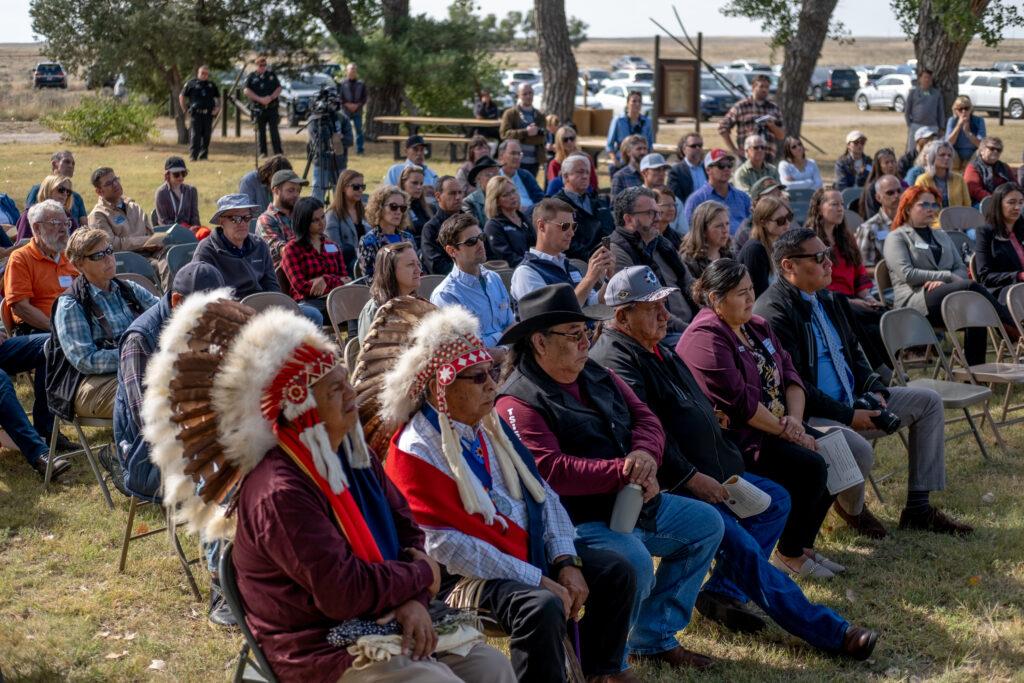
At the end of Wednesday’s ceremony, Arapaho and Cheyenne tribal members shared prayers and sang memorial songs.
Tribes also gifted special blankets to government officials involved in the preservation deal. Leaders wrapped the blankets on their shoulders as a sign of friendship.
- Colorado Matters: National Historic Site Recognizes Sand Creek Massacre
- The Proclamations Used To Incite The Sand Creek Massacre Have Been Officially Rescinded, 157 Years Later
- 150 Years Later, A Formal Apology For The Sand Creek Massacre
- Proposed Sand Creek Massacre Memorial Passes Key Hurdle
- Tribes Seek Sand Creek Massacre Memorial At Colorado’s Capitol
- In Commemorating the 150th Anniversary of Sand Creek, Governor Hickenlooper Apologizes
- Sand Creek Massacre Site Master Plan Gets Public Hearing
- 150 years after Sand Creek Massacre, its effects still resonate
“It feels a little more celebratory than when we usually come out here,” said Ryan Ortiz, who drove down from his home on the Wind River Reservation in Wyoming with his wife to attend the ceremony. “It’s nice.”
Ortiz also works as a Northern Arapaho tribal liaison with the National Parks Service. He said he looked forward to future discussions about how the new land will get used.
“We got the hardest part done. It’s now an open slate,” Ortiz said. “I just want people to know that the Arapahos and Cheyennes are still here and that we're still actively working on our presence in Colorado.”
